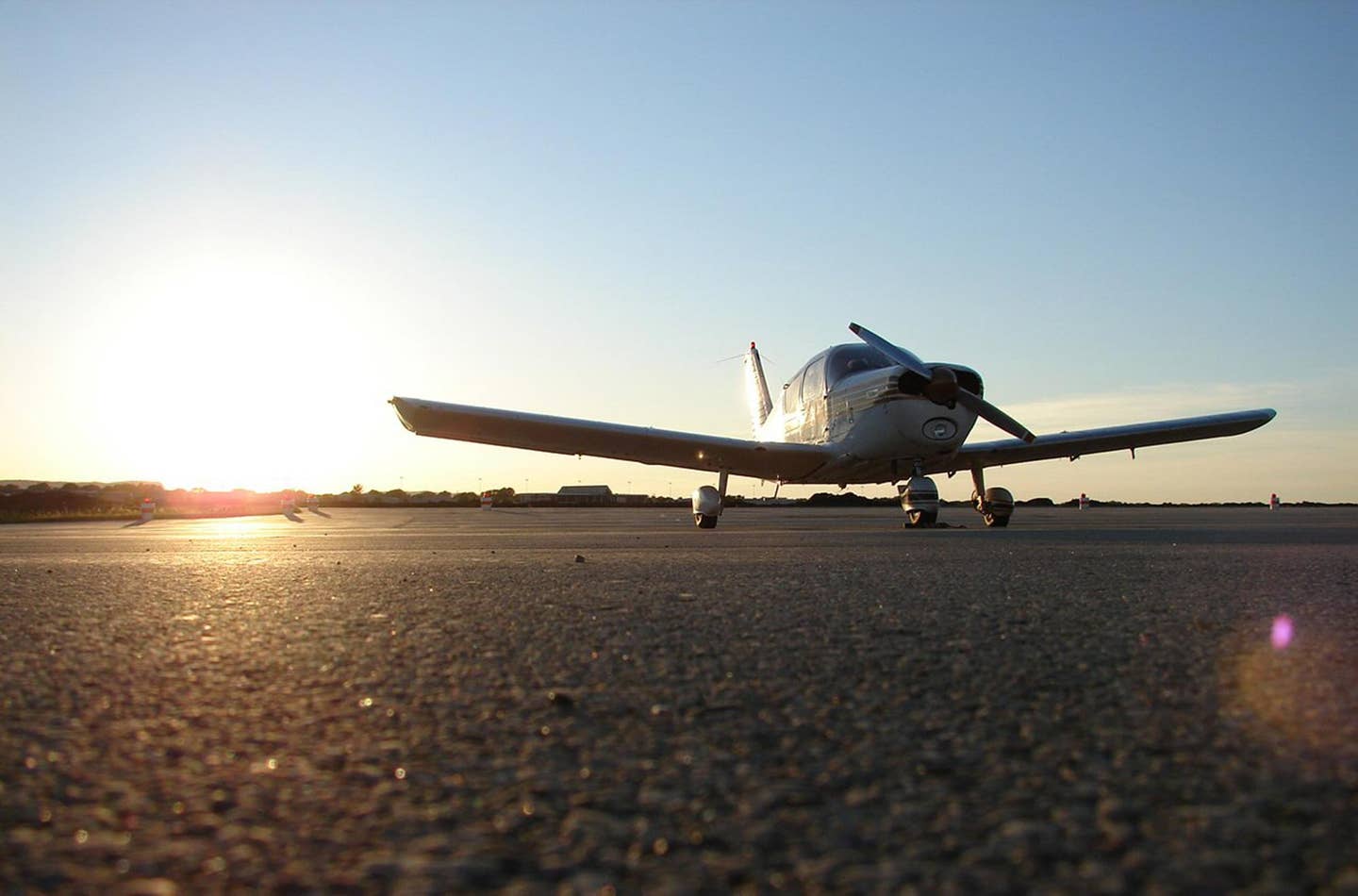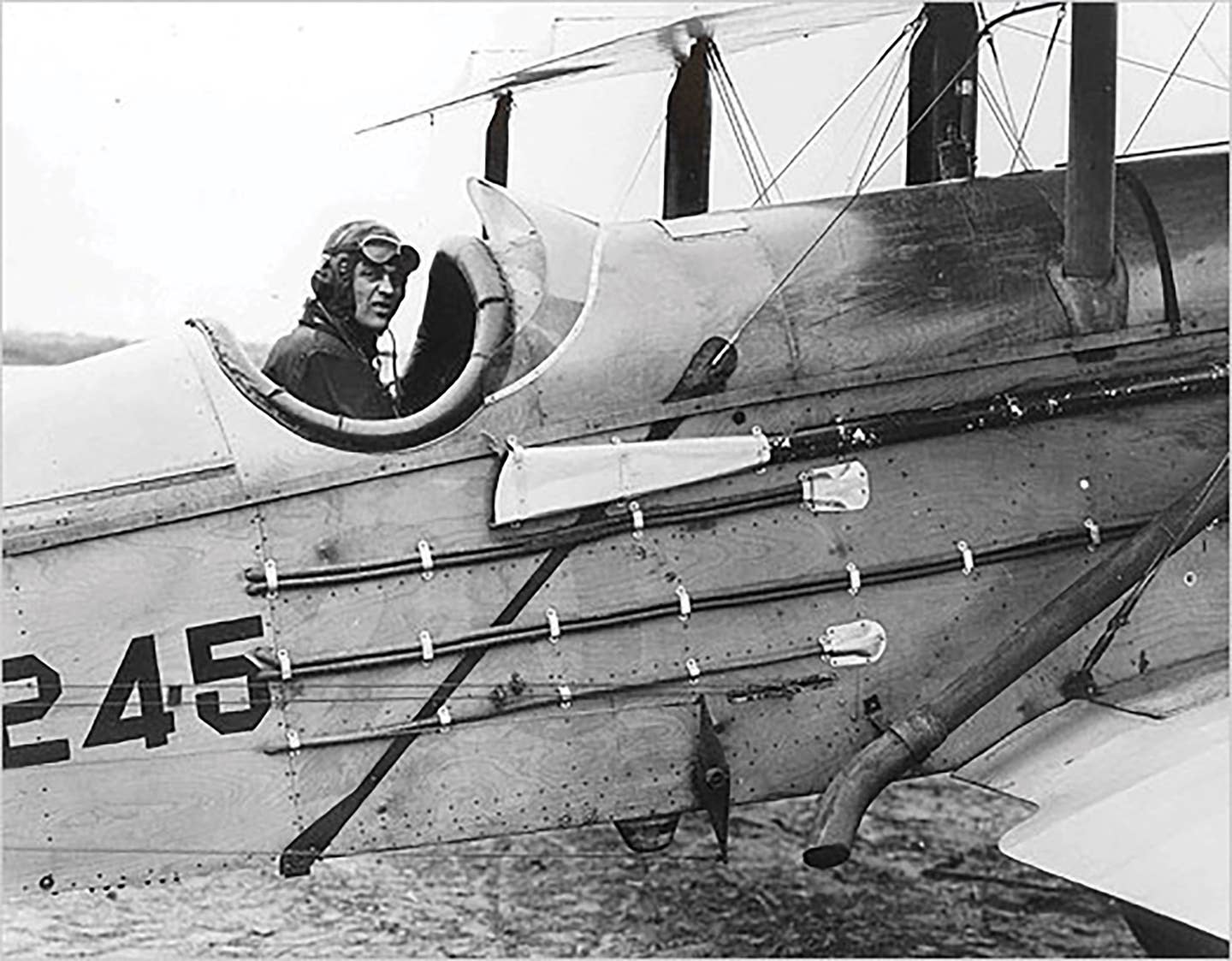Settling In
If you like the looks of your feet, take note of them before sliding your seat forward; your legs disappear under the panel when flying a Mooney. The seating is…

If you like the looks of your feet, take note of them before sliding your seat forward; your legs disappear under the panel when flying a Mooney. The seating is comfortable, just restricted. In older Mooneys, the floor-mounted fuel selector is beneath the pilot's seat, requiring it to be slid back to reach the valve. Otherwise, all controls fall nicely to hand; nothing is far out of reach in a Mooney. From 1969 to 1977, Mooneys were fitted with quadrant-style power controls before returning to push-pull knobs.
Starting is accomplished as with most low-wing Lycoming-powered airplanes; for some reason, older fuel-injection Mooneys give me more balked starts than just about any other airplane, but following the handbook will generally produce results. Taxiing is straightforward, although some of the longer-body airplanes have restricted forward visibility for us vertically challenged pilots. The nosegear only steers to 14 degrees, so the unbraked turning radius is 41 feet. Because of their short wheelbase, Mooneys tend to rock in a hobby-horse fashion during taxi on uneven surfaces. For small Lycomings, the engine run-up is conducted with regard to a yellow caution range on the tachometer. To avoid overheating, don't linger on the ground with the tight Mooney cowlings.

Subscribe to Our Newsletter
Get the latest Plane & Pilot Magazine stories delivered directly to your inbox






